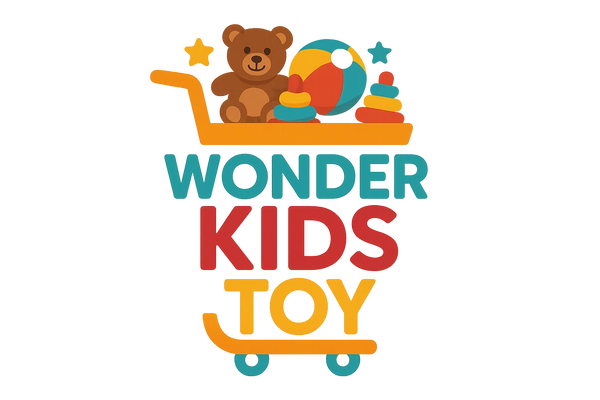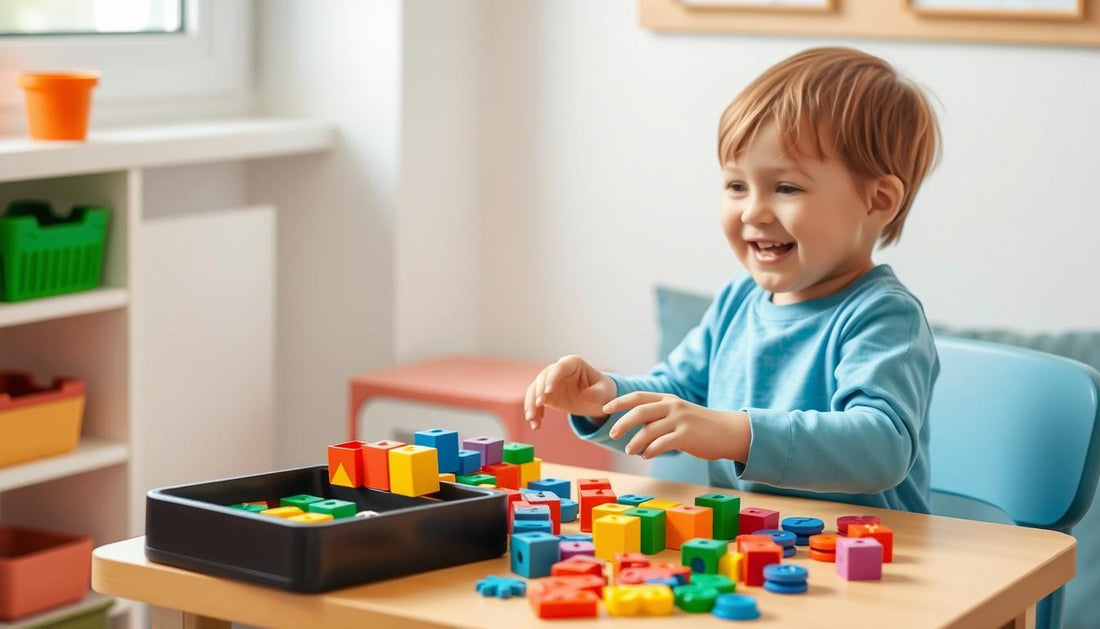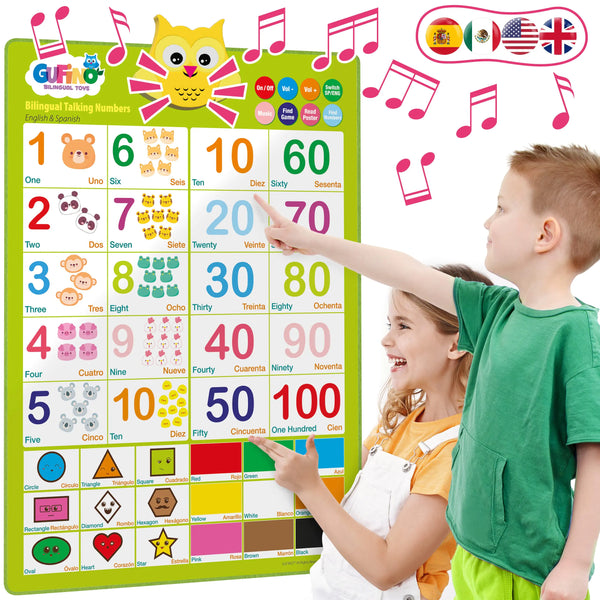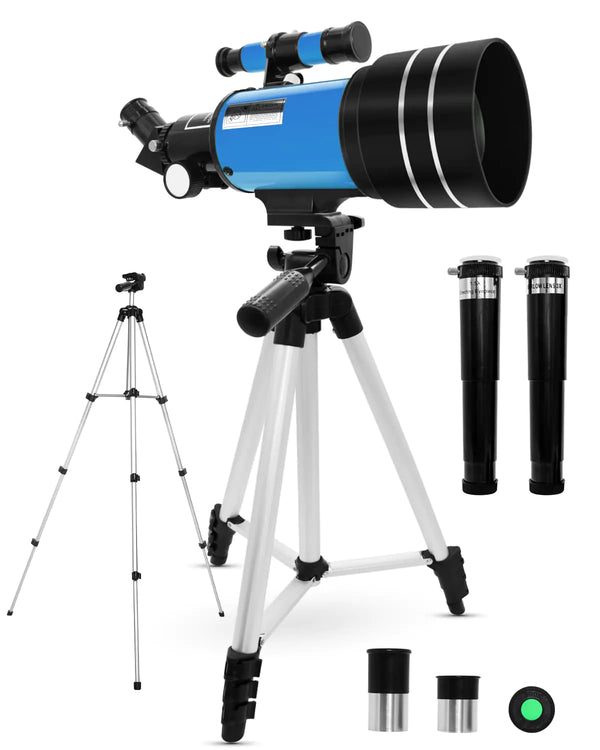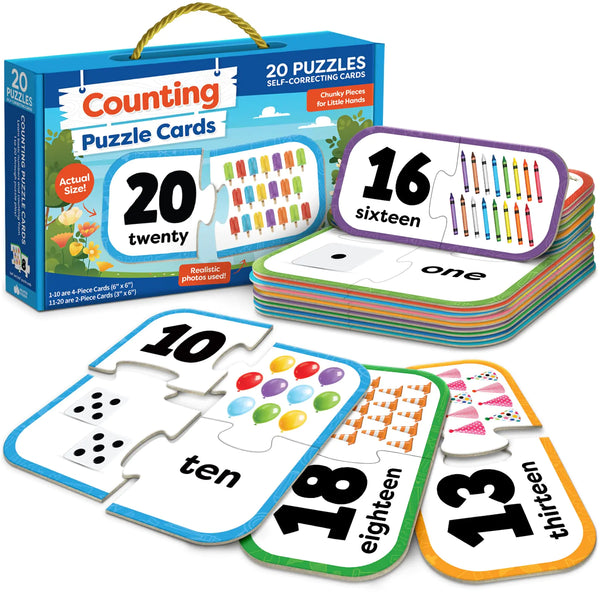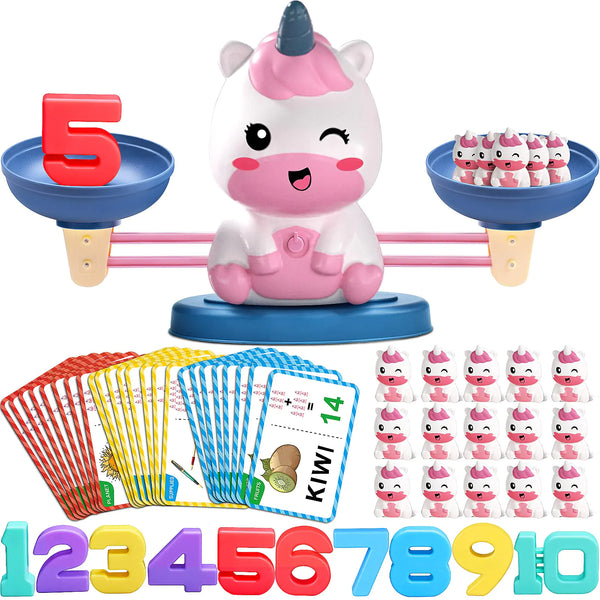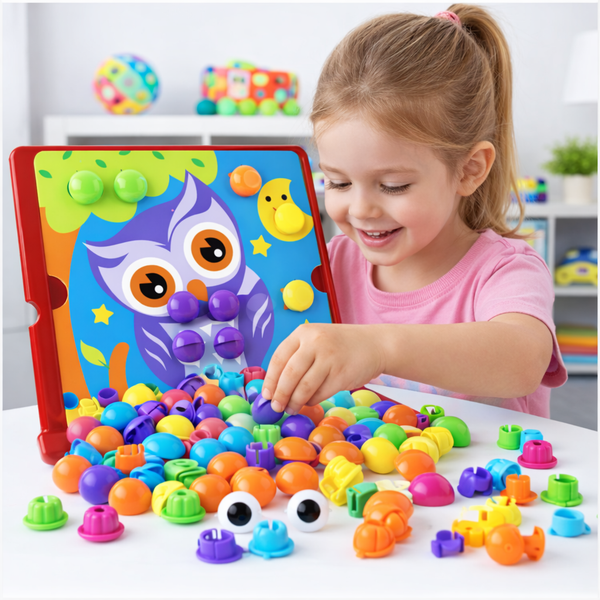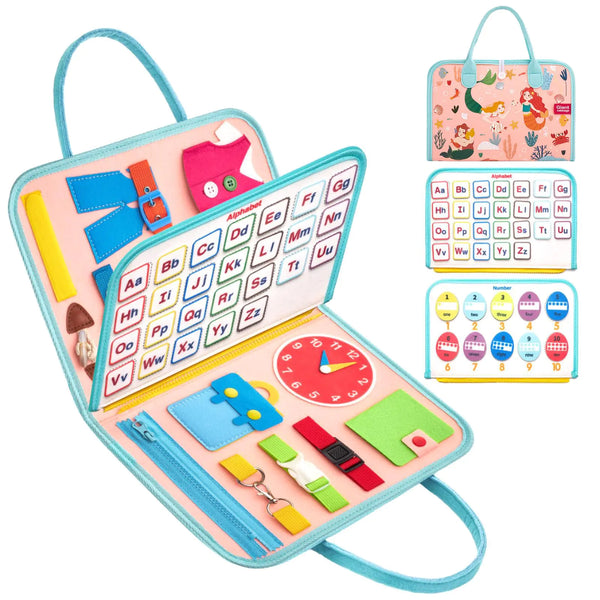Remember when math class felt like a chore? Those endless worksheets and memorization drills probably didn't spark much joy. But what if I told you that early math learning doesn't have to be this way? Mathematics counting toys transform abstract number concepts into colorful, tactile experiences that children naturally gravitate toward.
As parents and educators, we know that young minds learn best through play. When children can see, touch, and manipulate objects while counting, sorting, and grouping, those mathematical concepts stick. They're not just memorizing—they're understanding at a fundamental level.
Let's explore some of the most effective mathematics counting toys that make numbers fun, engaging, and meaningful for early learners. These hands-on tools build a strong foundation for lifelong mathematical thinking while keeping smiles on little faces.
Why Hands-On Learning Matters for Early Math Skills

Young children are concrete thinkers. Abstract concepts like numbers don't make much sense until they can connect them to real objects they can manipulate. That's why mathematics counting toys are so powerful—they bridge the gap between abstract numbers and the physical world.
When a child counts colorful bears or stacks number blocks, they're not just playing—they're developing crucial neural pathways. Research shows that these early hands-on experiences with counting objects create stronger mathematical foundations than worksheet-based learning alone.
Mathematics counting toys offer multiple benefits:
- They make abstract number concepts tangible and understandable
- They engage multiple senses, creating stronger memory connections
- They allow children to discover mathematical relationships through exploration
- They transform "math practice" into joyful play that children willingly choose
- They build confidence as children experience success at their own pace
Now let's look at some of the best mathematics counting toys that bring these benefits to life for early learners.
Top 8 Mathematics Counting Toys for Early Learners
1. Rainbow Counting Bears with Sorting Cups

Age Range: 3-6 years
Educational Benefits: These vibrant little bears are perfect for developing counting skills, color recognition, sorting abilities, and early addition and subtraction concepts. The tactile nature of these toys makes them irresistible to little hands.
Play Tips: Ask your child to sort the bears by color, count how many bears are in each cup, or create simple addition problems ("If we have 3 red bears and add 2 more, how many do we have now?"). For more advanced play, use them for pattern creation or as counters in board games.
2. Wooden Number Puzzle Board

Age Range: 2-5 years
Educational Benefits: These puzzles help children recognize number shapes, understand number sequence, and develop fine motor skills as they fit pieces into place. Many versions include corresponding quantity dots, reinforcing the connection between numerals and quantities.
Play Tips: Start by helping your child identify each number, then practice putting them in order. As skills develop, remove all pieces, mix them up, and challenge your child to place them back in numerical order. Count aloud together as each piece is placed.
3. Counting Abacus

Age Range: 3-7 years
Educational Benefits: An abacus provides a visual and tactile way to understand place value, practice counting to 100, and begin basic operations. The physical movement of beads helps children grasp quantity changes during addition and subtraction.
Play Tips: Start with simple counting exercises, moving one bead at a time while counting aloud. Progress to grouping (counting by 5s or 10s) and then to simple addition and subtraction. The abacus can grow with your child's mathematical development for years.
4. Magnetic Numbers and Operations Set

Age Range: 3-8 years
Educational Benefits: These sets help children recognize numbers and math symbols while experimenting with creating number sentences. The magnetic feature makes them perfect for vertical surfaces like refrigerators, turning everyday moments into learning opportunities.
Play Tips: Start by identifying numbers and arranging them in order. Progress to creating simple equations with the plus and equals signs. For younger children, focus on number recognition; for older ones, introduce simple addition and subtraction problems.
5. Number Balance Scale

Age Range: 5-9 years
Educational Benefits: This clever toy demonstrates mathematical equivalence in a concrete way. Children can physically see how 5+2 on one side balances with 7 on the other, making abstract equations tangible and understandable.
Play Tips: Start with simple balancing activities, placing the same number on each side. Progress to showing how different combinations can equal the same value (3+4 balances with 7). This toy is excellent for developing algebraic thinking as children experiment with "what makes the scale balance?"
6. Counting Dinosaurs or Animals

Age Range: 2-6 years
Educational Benefits: These themed counters combine children's fascination with animals or dinosaurs with mathematical learning. They're perfect for counting, sorting by type or color, creating patterns, and early addition/subtraction scenarios.
Play Tips: Create counting games based on your child's interests ("Let's count how many T-Rex dinosaurs we have"). Sort by size, color, or type. Use them to act out simple word problems ("Three dinosaurs were eating plants, then two more joined them. How many dinosaurs altogether?").
7. Linking Cubes or Snap Blocks

Age Range: 3-8 years
Educational Benefits: These versatile blocks connect to form towers, patterns, and shapes. They're excellent for counting, measuring, creating patterns, and understanding place value. Their interlocking feature helps develop fine motor skills while exploring mathematical concepts.
Play Tips: Build towers of specific heights, counting as you go. Create patterns with different colors. Use them to measure objects around the house ("This book is 8 cubes long"). For older children, group them by tens and ones to explore place value concepts.
8. Number & Counting Board Games

Age Range: 4-8 years
Educational Benefits: Games like "Sum Swamp" or "Race to 100" turn math practice into social fun. They reinforce counting, number recognition, and basic operations while developing turn-taking and strategic thinking skills.
Play Tips: Choose games that match your child's current abilities with just enough challenge to keep them engaged. Play together as a family to model mathematical thinking. Point out the math they're doing ("You rolled a 5, so you're moving from 12 to 17. That's adding 5!").
Comparing Mathematics Counting Toys by Age and Skill
| Toy Type | Best Age Range | Primary Skills Developed | Complexity Level |
| Counting Bears | 3-6 years | Counting, sorting, colors | Beginner |
| Number Puzzles | 2-5 years | Number recognition, sequence | Beginner |
| Abacus | 3-7 years | Counting, place value | Beginner to Intermediate |
| Magnetic Numbers | 3-8 years | Number recognition, equations | Beginner to Intermediate |
| Balance Scale | 5-9 years | Equivalence, operations | Intermediate |
| Counting Animals | 2-6 years | Counting, sorting, imaginative play | Beginner |
| Linking Cubes | 3-8 years | Counting, patterns, measurement | Beginner to Advanced |
| Math Board Games | 4-8 years | Operations, strategic thinking | Intermediate |
How Mathematics Counting Toys Boost Cognitive Development

Mathematics counting toys do much more than teach numbers—they're powerful tools for overall cognitive development. When children engage with these toys, they're building neural pathways that benefit many areas of thinking.
Pattern Recognition
When children arrange counting bears in rows or create sequences with number blocks, they're developing pattern recognition skills. This ability to identify and create patterns is fundamental to mathematical thinking and helps children make predictions and understand relationships in the world around them.
Logical Reasoning
Mathematics counting toys present natural problem-solving opportunities. "If I have 5 blocks and need 8, how many more do I need?" These everyday puzzles develop logical reasoning skills that extend far beyond mathematics into all areas of learning and life.
Spatial Awareness
As children stack blocks, arrange counters, or work with three-dimensional number toys, they develop spatial awareness. They learn concepts like "more," "less," "bigger," "smaller," and begin to understand how objects relate to each other in space—crucial skills for later geometry and physics concepts.
Working Memory
Counting activities strengthen working memory as children hold numbers in mind while performing operations. This cognitive skill is essential for all complex thinking, from reading comprehension to multi-step problem solving. Mathematics counting toys provide enjoyable exercise for this mental muscle.
Tips for Parents: Making the Most of Mathematics Counting Toys

Follow your child's lead
The best learning happens when children are interested and engaged. Pay attention to which mathematics counting toys capture your child's attention and build on that interest. If they love animals, use animal counters. If they enjoy building, introduce number concepts through blocks.
Incorporate math language naturally
As you play with mathematics counting toys, use mathematical vocabulary naturally: "You have more red bears than blue bears," "Let's count these by twos," "How many blocks do you think will fit in this container?" This casual exposure to math language builds vocabulary without pressure.
Connect to everyday life
Help your child see connections between their mathematics counting toys and the real world. "We need 4 plates for dinner, just like you were counting 4 bears earlier." These connections help children understand that math is useful and relevant.
Keep it playful
The moment mathematics counting toys feel like "work" or "lessons," much of their magic is lost. Maintain a playful approach, following your child's interests and keeping sessions short and fun. Learning through joy creates positive associations with mathematics that last a lifetime.
Conclusion: Building a Strong Mathematical Foundation Through Play
Mathematics counting toys offer a beautiful bridge between the concrete world of play and the abstract world of numbers. By providing children with hands-on experiences that make mathematical concepts tangible, we set them up for confidence and success in their mathematical journey.
Remember that early mathematical experiences should be joyful, not stressful. The right mathematics counting toys transform learning into play, creating positive associations with numbers that can last a lifetime. Whether your child is just beginning to count or starting to explore addition and subtraction, there's a perfect counting toy to support their current stage and gently challenge them to grow.
By investing in quality mathematics counting toys and engaging with your child as they explore, you're not just teaching numbers—you're nurturing a mathematical mind that sees patterns, solves problems, and approaches challenges with confidence.
Ready to Make Math Fun for Your Child?
Explore our collection of engaging, educational mathematics counting toys that turn learning into play. From colorful counting bears to innovative number games, we have everything you need to support your child's mathematical journey.
Explore Counting Toys →
